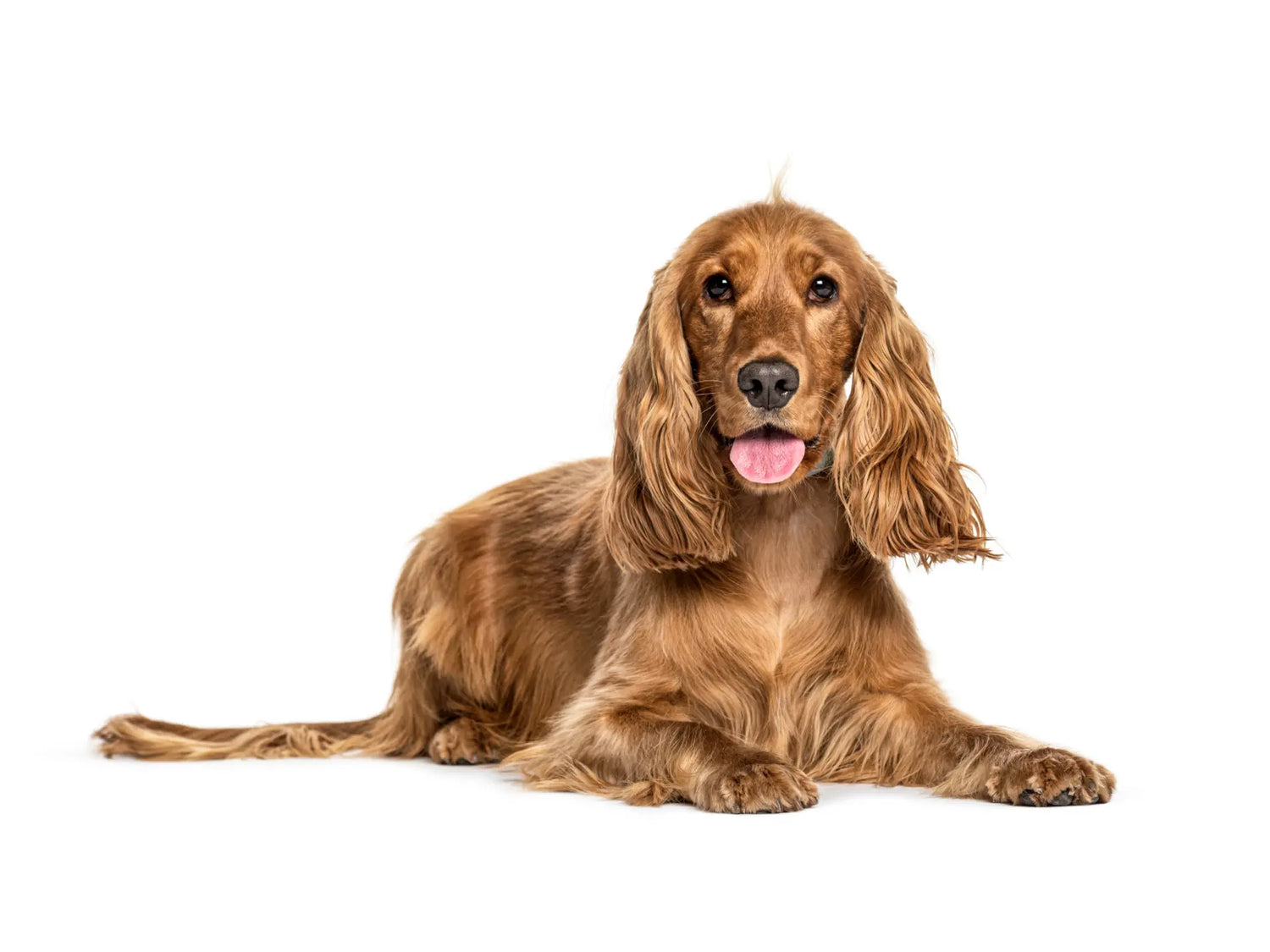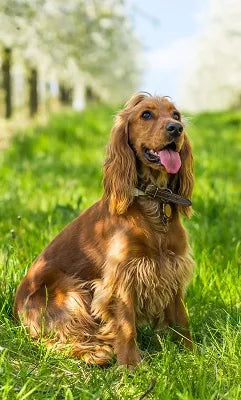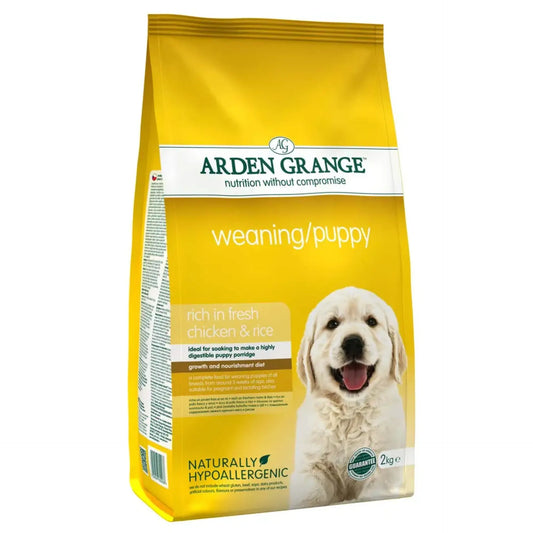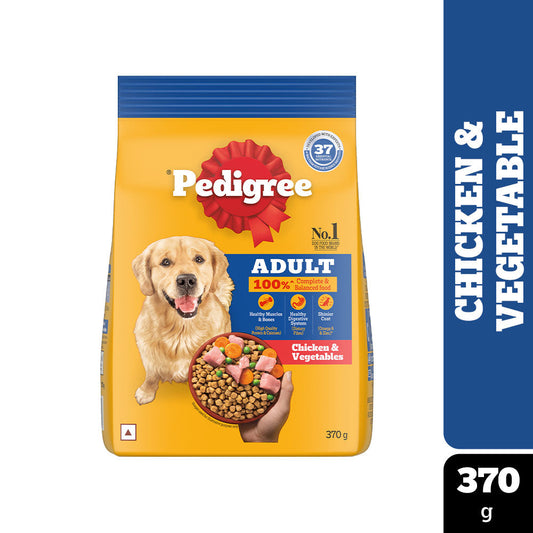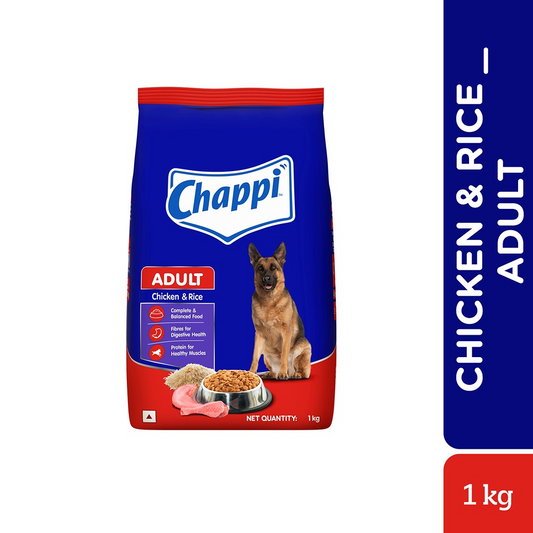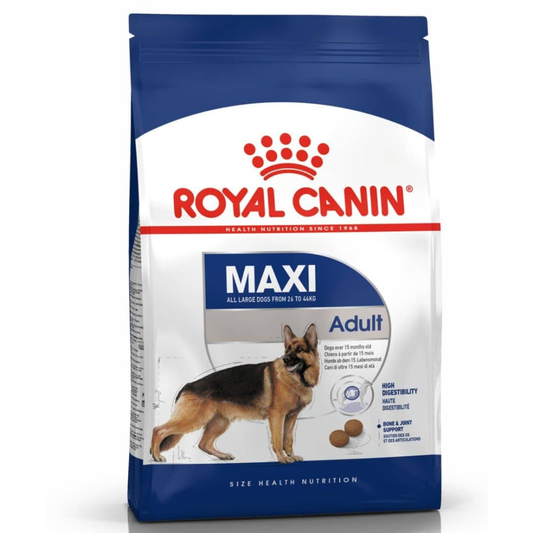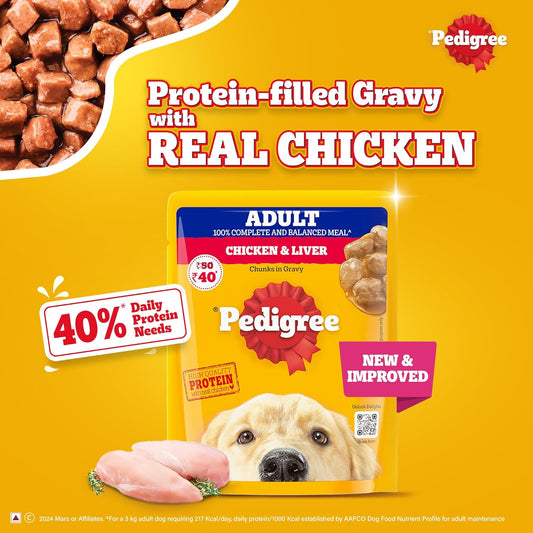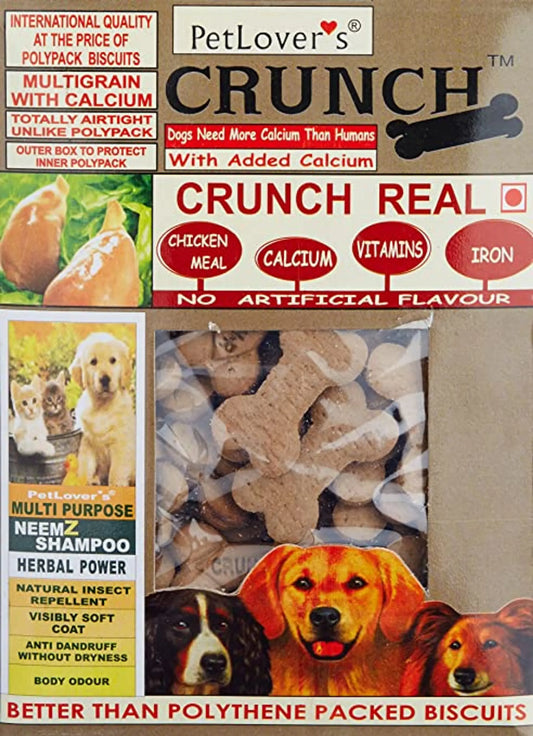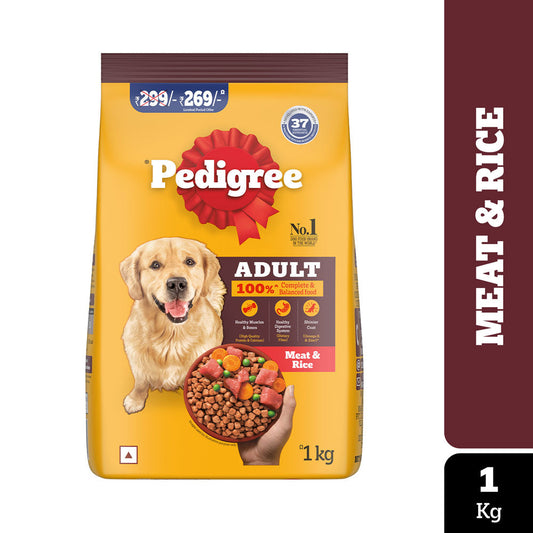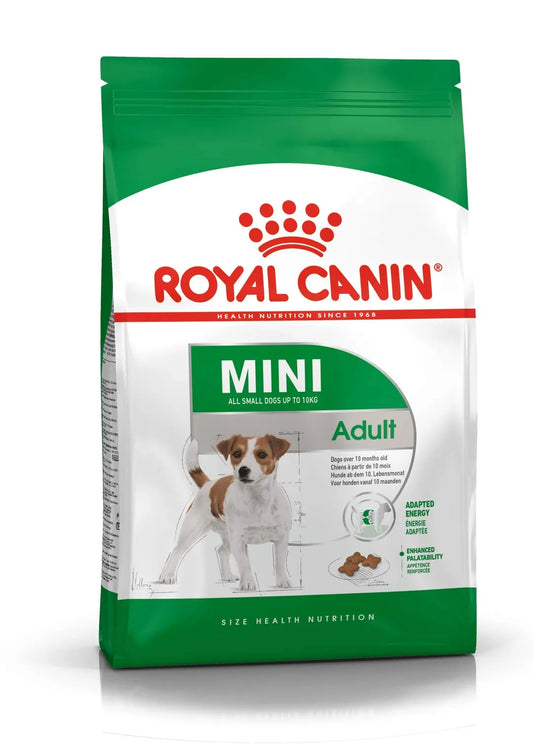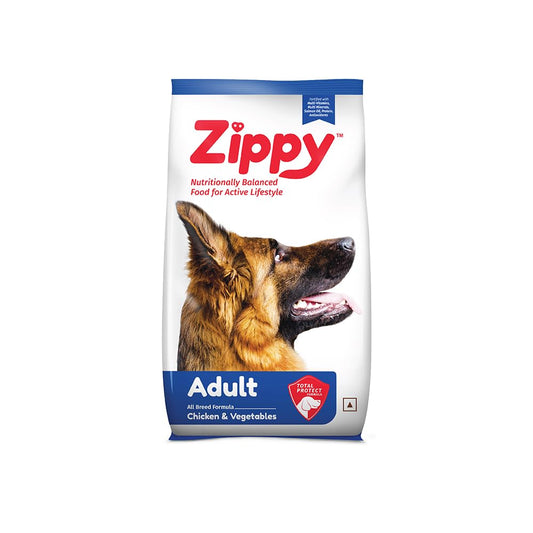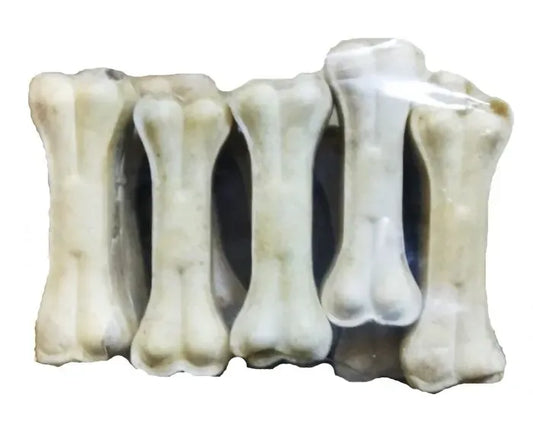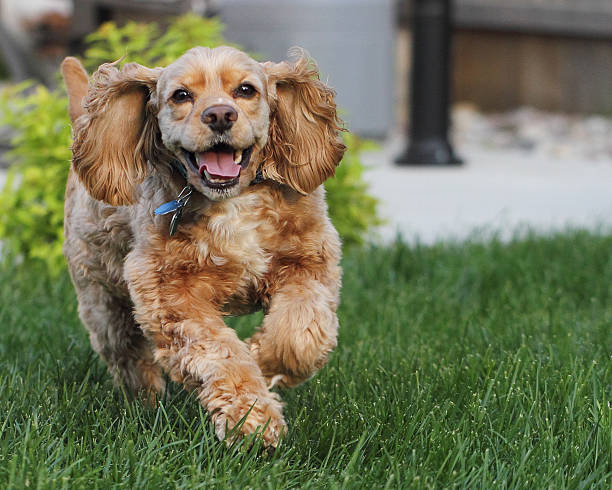You will not be allowed to compare more than 4 products at a time
View compareEnglish Cocker Spaniel
Average sizes and life expectancy of the breed
36-43 cm
12-16 kg
12-14 years
Germany
Pure
Sporting
Characteristics of the English Cocker Spaniel
Filled with great enthusiasm and joy, Cocker Spaniels never falls in pleasing their owners. Initially bred for hunting, the Cocker Spaniels have now managed to become one of the world’s best family dogs. Initially, the English Cocker Spaniel and American Cocker Spaniel were considered one breed. It was not until 1946 that they were separated, when their physical and personality differences were finally recognized.
Cota
The English Cocker Spaniel has long hair, mainly on the ears and part under the belly. where a kind of "skirt" is left by the grooming of the breed. The breed comes in different colors such as black, blue roan, orange roan, liver roan, black and cinnamon, sable, black and white, tricolor etc. Cocker owners should note that these dogs have a hair style which is quite exposed to hair problems like tangling and matting. Hence, daily brushing is essential to keep these issues at bay. If you feel daily grooming would be tough for you, this dog may not be the ideal one for you to own. It is a common sight to see Cocker owners clipping their dog's coat short for making the skin care easier. Even so, it doesn't reduce the grooming and you would need to trim and bathe them once in six to eight weeks.
Recommended Treats for English Cocker Spaniel
Arden Grange with Chicken Weaning Puppy Food 2 Kg
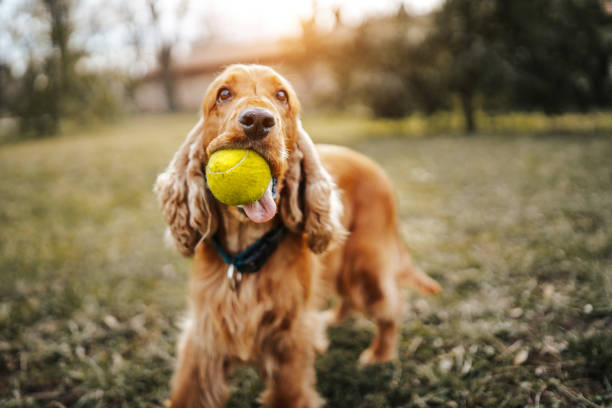
Recommended Treats for Beagle
Recommended Treats for Beagle
Arden Grange with Chicken Weaning Puppy Food 2 Kg
Best Dog Food For Cocker Spaniels
Being an active sport breed, Cocker Spaniels require a well-balanced diet comprising of the finest of ingredients. Some of the important nutrients they require are protein, carbohydrates, fats, fibre, vitamins and essential minerals like calcium, phosphorus etc. Cocker pups grow quickly during their first few months and hence need a diet loaded with protein. They need to be fed in smaller amounts throughout the day so as not to burden their little tummies. Adult Cocker Spaniels on the other hand, need a balanced diet that fulfils all their nutritional demands. Organic fibres are also essential to keep a healthy digestion in grown up Spaniels. When it comes to Senior Spaniels, they generally require low calorie foods as they might have slowed their activity down a little bit. Essential fatty acids like Omega fatty acids are suggested in their diet, as they maintain the strength of bones and joints.
Taking Care of a English Cocker Spaniel
The English Cocker dog's big ear requires cleaning every week. Problems such as ear infections cause great pain and discomfort for the puppy, also making him irritable and even aggressive in some cases. Also, it's important for Spaniels to get outside every day and move around a lot. A minimum of 1 hour exercise is recommended for this pet daily.
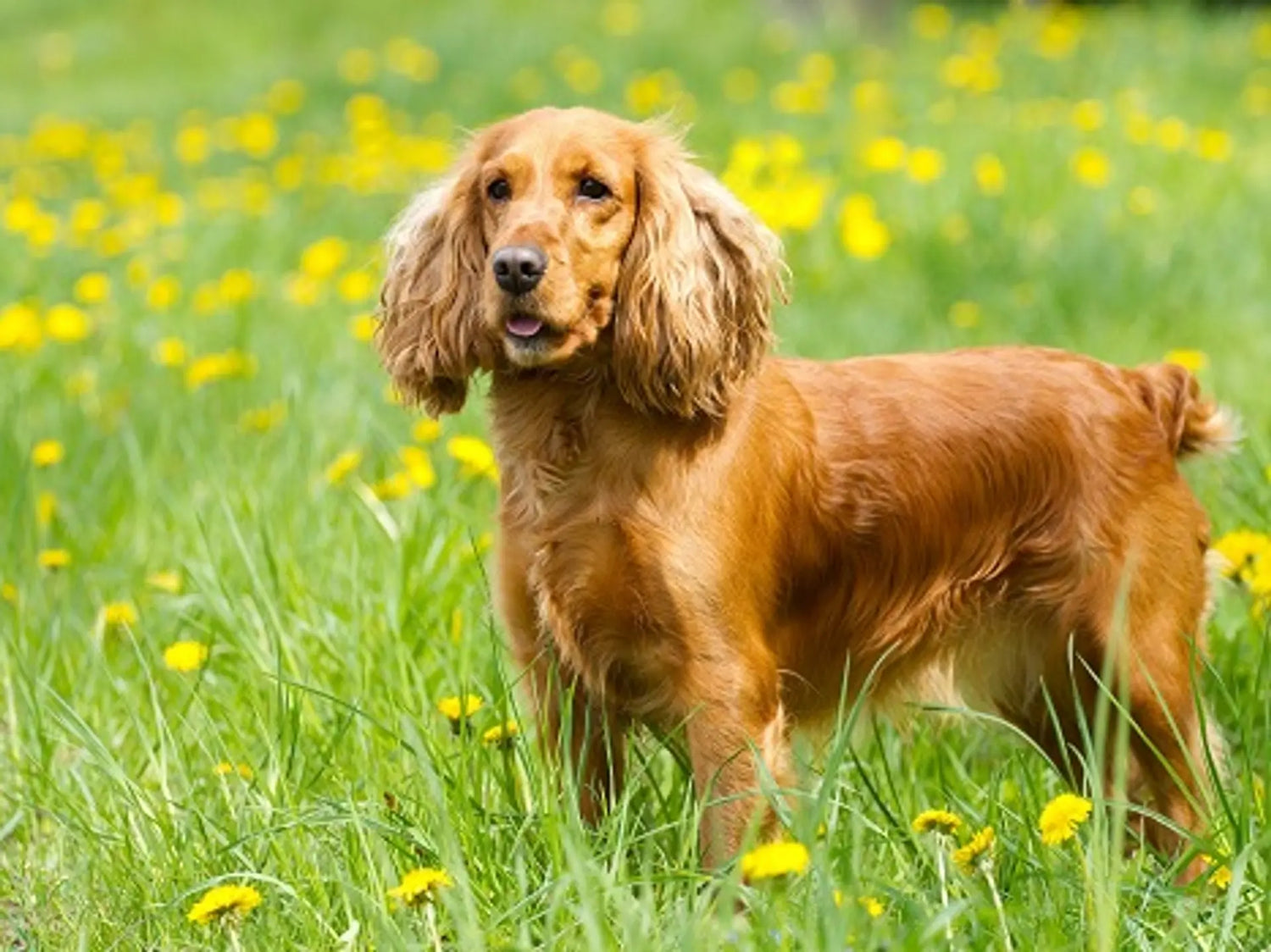
Health
For mixed-color English Cockers, the main problem is deafness. . They may also suffer friom Otitis, an inflammation or infection located in the middle year. Because they have large and drooping ears, they are an invitation to the accumulation of wax, inflammation and parasites. Inspect your Cocker's ear frequently, in addition to keeping it open to air for a few minutes a day. The best thing you can do to stop an ear infection in Cockers is to prevent it from happening itself. Speak to your Veterinarian and get a high quality liquid dog ear cleaner to keep infections at bay .
Curiosities
There are two kinds of Cocker Spaniels, American and England. A Cocker Spaniel named Tangle, was the first Cancer-Detecting Dog. Cocker Spaniels are the smallest sporting dog breed. They are the most scientifically studied dogs in the world. Despite being a long-haired breed, English Cockers are as resistant to heat as they are to cold. The English Cocker Spaniel has a much stronger hunting instinct than the American version.
Intelligence
They are intelligent dogs who learn commands quite easily. But because they are very energetic, it is difficult to get their attention during training. This part requires a lot of dedication from the owner, who must use calm words, treats and snacks to attract him. If you think you have that little amount of patience to train Cocker Spaniels, then don't delay in adopting them from a good kennel.
Temperament
One of the main points of the English Cocker puppy is energy! These dogs love to run, play and have fun with their family. Above all, Cocker Spaniels are known for their highly affectionate behaviour with little kids as well as fellow pets. Cockers can be very destructive dogs, so doing physical and mental activities daily is essential for them. The very importance of training is to channelise their pent-up energy to something creative.
Lifetime
The life expectancy of an English Cocker Spaniel is 12 to 14 years.
Frequently Asked Questions
Are Cocker Spaniel ideal dogs for first time owners?
Yes absolutely. Cocker Spaniels have a gentle and affectionate nature which makes them good family dogs. Besides, they love human interaction and have a physical size that allows them to adapt to any household.
How many types of Cocker Spaniels are there?
There are mainly two types of Cocker Spaniels, viz. American Cocker Spaniel and English Cocker Spaniel. The American Cocker Spaniel is smaller in size and has a shorter snout, while the English Cocker Spaniel is larger and has a larger snout.
What kind of diet do these dogs require?
Cocker Spaniels need a well-balanced nutrition to keep excellent health and wellbeing. Regarding nutrition, they need a diet which is high in protein and low in fat to keep up a healthy body weight. As these dogs have a thick coat and silky hair, they need Omega 3 fatty acids to maintain excellent health of skin and coat as well.
What should I feed my Cocker Spaniel puppy?
Cocker spaniel puppies need dog food which is exclusively made for medium breed puppies. This is because smaller kibble are easier to chew and digestible for the Cocker Spaniels. Also, their diet should consist of meat based ingredients like chicken, lamb or beef that give them enough protein content for muscle growth.
What are some of the best dog foods for Cocker Spaniel Puppies?
Royal Canin Medium Puppy, Fidele Puppy Small & Medium Breed Dog, Farmina N&D Ancestral Puppy are some of the best foods for Cocker Spaniel pups. If you have an adult Cocker Spaniel, you may try an exclusive breed specific diet like Royal Canin Cocker Spaniel Adult which is solely made for these breeds.
Can I feed homemade foods to these dogs?
No you should not. Although home-cooked food may be safe for dogs to eat, it will most likely fail to give the vital nutrients Cocker Spaniels need for their growth. Hence, it is recommended for dog owners to give their Cocker Spaniels only breed specific diet.
What is the temperament of a Cocker Spaniel?
Cocker Spaniels are a gentle, affectionate and playful breed that makes them one of the best family dogs to have, especially for first time owners. They get along with people of all age groups
Are these dogs easy to train?
Yes they are. This is because Cocker Spaniels are highly intelligent and are always eager to please their owners. Besides, they respond well to positive reinforcement like treats and praises, making it easier for dogs to train them.
Are these dogs good with children?
Yes absolutely. In fact, Cocker Spaniels are one of the best dogs around children, as they are gentle and affectionate in nature. They can be a bit excitable while playing and hence, need adult supervision while they are with toddlers.
How often should I bathe a Cocker Spaniel?
Cocker Spaniels are a breed having a wavy coat that gets dirty pretty quickly. Hence these dogs need to be bathed bi-weekly to keep them in good hygiene. During rainy seasons, you may have to bathe him weekly due to the risk of ticks and fleas. If you manage to see ticks and fleas on their skin, you can use some premium quality disinfectant shampoos that would get rid off these parasites quickly.
Are Cocker Spaniel good watch dogs?
They are too friendly with fellow humans and pets to be good watch dogs. Even though they bark at seeing suspicious things, there are high chances they will not alert you while seeing an intruder. Cocker Spaniels are one of those breeds who just love people.
Are these ideal apartment dogs?
Yes, Cocker Spaniels do well in apartments as well as in small households. However, they are active dog who need exercise
What is the average lifespan of this breed?
Cocker Spaniel has an average lifespan of up to 12 to 15 years.
Our team is available at (Mon-Sat, 10 AM to 7 PM): 87440-12035/53 (sales) 87440-12036 (support) support@petsworld.in

